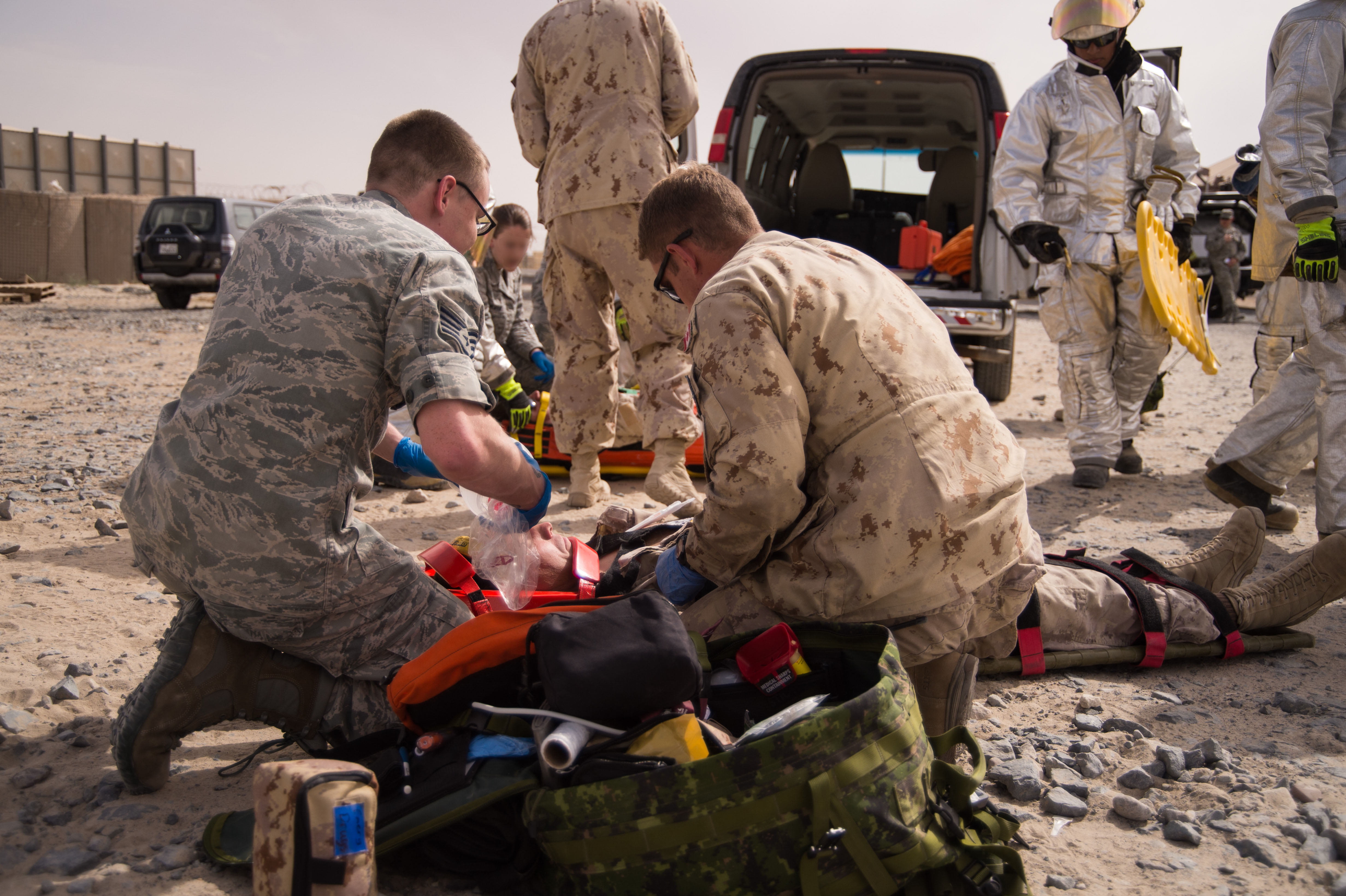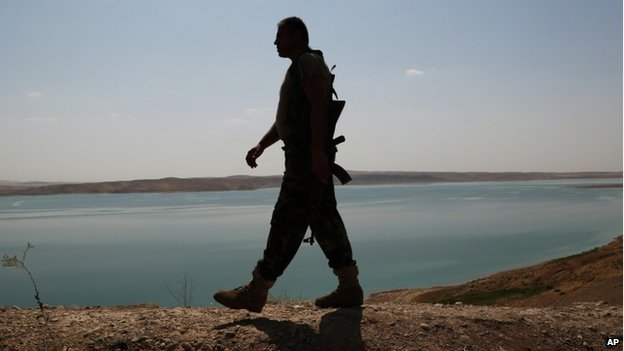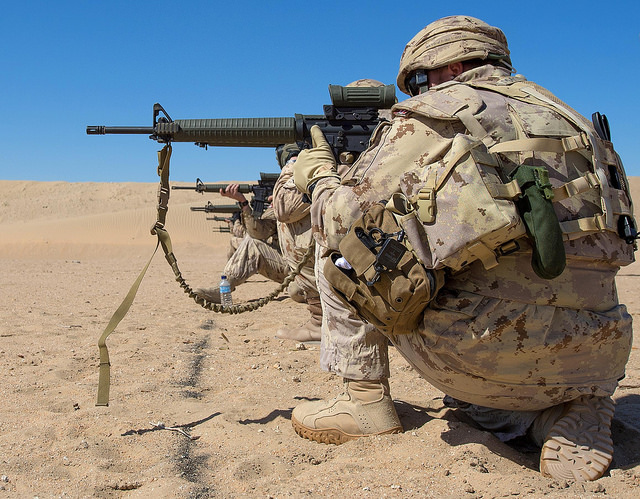Stem cells are remarkable biological cells with the unique capability to renew themselves indefinitely, and differentiate into any cell type within a living body. These extraordinary cells were discovered several decades ago by Canadian researchers James Till and Ernest McCulloch. Now, Canada continues its role at the forefront of stem cell research with the beginning of a Defence Research and Development Canada (DRDC) project into stem cells as battlefield tools.
Stem Cell Possibilities

Canada has been exploring stem cell research in the context of military defence for several years. In 2013, the Department of National Defence (DND) awarded a contract to the Canadian company Aurora Biosolutions to produce stem cell research at DRDC centre in Suffield, Alberta. The goal of the research project is to develop Mesenchymal Stem Cell Therapeutics to be used by the Canadian Armed Forces (CAF). Mesenchymal Stem Cells, or MSCs, are adult stem cells that are typically removed from donor bone marrow. The cultivation of embryonic stem cells has been controversial, but bone marrow stem cells have been widely used in medical practice for over 50 years. MSCs are similar to other stem cells in that they enable the body to grow new, specialized cells, but their therapeutic potential lies in their unique immunomodulatory capabilities. MSCs are capable of changing the immune system. This unique property may be at the core of DRDC’s new research project. The DRDC contract was awarded to Aurora Biosolutions with the requirement that they will provide the CAF with ‘medical countermeasures to protect them against hazards while on operations’.CAF members face many operational hazards in active duty. Stem cell therapy can be used to regrow tissue lost in explosive attacks, restore vision and hearing loss from blast trauma, and regenerate neural tissue, which will have considerable implications for the psychological injuries sustained in combat. Although these therapeutic possibilities alone could drastically improve military health, they are likely only one part of DRDCs plans for MSC research.
Biological warfare
The Suffield Experimental Station began its operations in 1941 as a British and Canadian biological and chemical defence facility. Now known as Canadian Forces Base Suffield, the centre is primarily recognized as the largest military training area in Canada. But the base still serves as a Defence Research centre, specializing in enhancing resiliency against Chemical, Biological, Radiological, Nuclear and Explosive (CBRNE) events. With the centre’s new interest in stem cell research, it is reasonable to believe that Canada is preparing itself for an imminent biological threat. MSCs have potential as potent antigens, or substances that cause the body to create antibodies. They can also be used to create a natural defence system to detect and detoxify deadly biological materials. Research into MSC could produce a viable defence against the threat of biological warfare. Human susceptibility to microbial infections have created a niche for biological weapons throughout the history of warfare. But with modern technology providing sophisticated methods of delivery, and deadly methods of weaponizing diseases, biological agents may soon become the weapon of choice for aggressors.
Bioweapon threat
Earlier this month reports surfaced that a North Korean pesticide factory is potentially being used to produce ‘military-size batches of biological weapons, specifically anthrax’. The equipment in use by North Korea is in violation of international agreements which ban biological weapons programs. Unfortunately, the country has been known to incite international ire with aggressive military actions. The report on the suspected biological weapons facility, coupled with recent provocative behaviours, such as firing missiles over Japan, and torpedoing a South Korean warship, indicates that dangerous bioweapons are, or could very soon be, in the hands of a hostile nation.
The need for research

The leaked report does not definitively mean that the world is on the brink of biological warfare, but it stresses the point that the risk is very real, and it is not going to go away. Stem cell research will likely lead to life-saving breakthroughs in personalized therapy, revolutionizing the rehabilitation of wounded soldiers. The immediate threat of biological warfare is an even greater incentive for Canada to prioritize stem cell research. Unfortunately, there are concerns that Canada, the very nation that discovered the stem cell, could fall behind in the field. The $490,000 contract for MSC Therapeutics is only a fraction of the DND’s $2.5 million infrastructure project also taking place at Suffield Base. The disparity of funding feeds the concern that Canada, currently at 4th place in the global rankings for stem cell funding, could lose its position as a stem cell research leader. With proper investment into stem cell research, Canada could shape the future of global health and security. As the threat of biological weapons of mass destruction looms on the horizon, and the number of soldiers in need of lifesaving stem cell therapy rises, now is the time for Canada and the CAF to invest in stem cell research.




